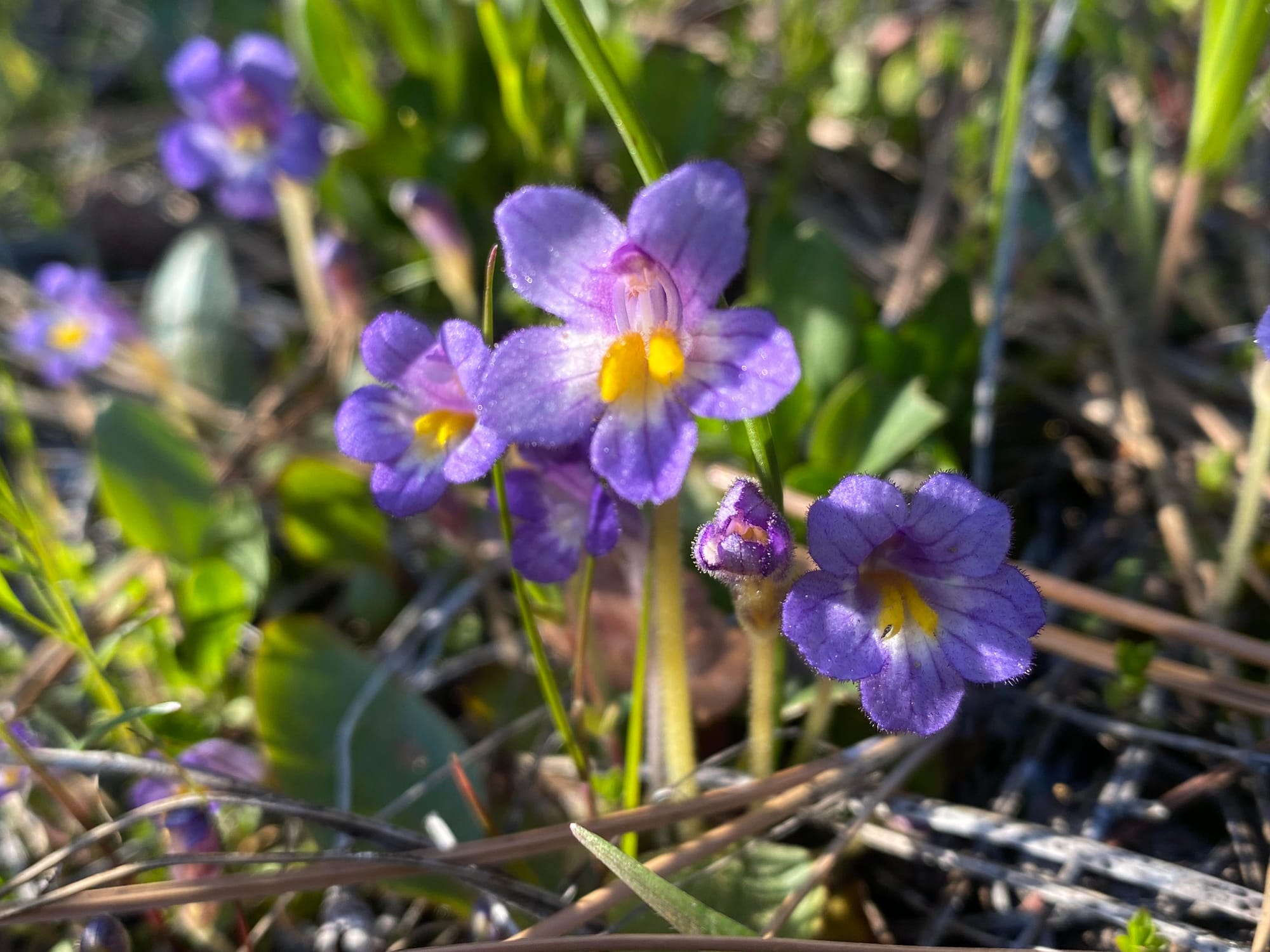April 14-20, 2024
Insects and Flowers
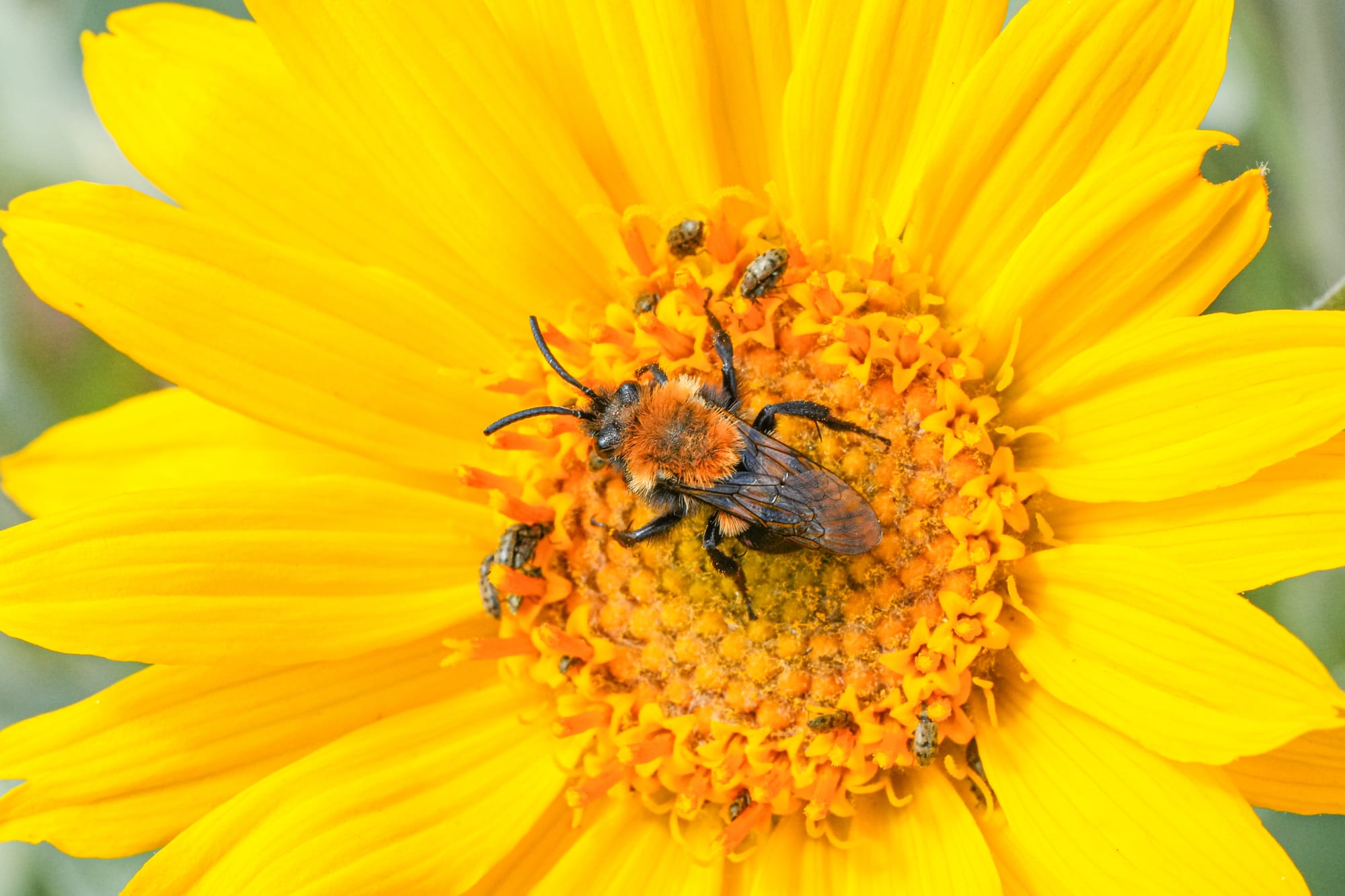
Despite temperatures still dropping to near freezing at night, we've finally entered that glorious stretch of spring when everything feels vibrant and alive.
Week in Review
Even if you haven't been able to get outside as much as you'd like, you can still see from your window that the valley is absolutely alive with flowers, leaves, and birds right now!
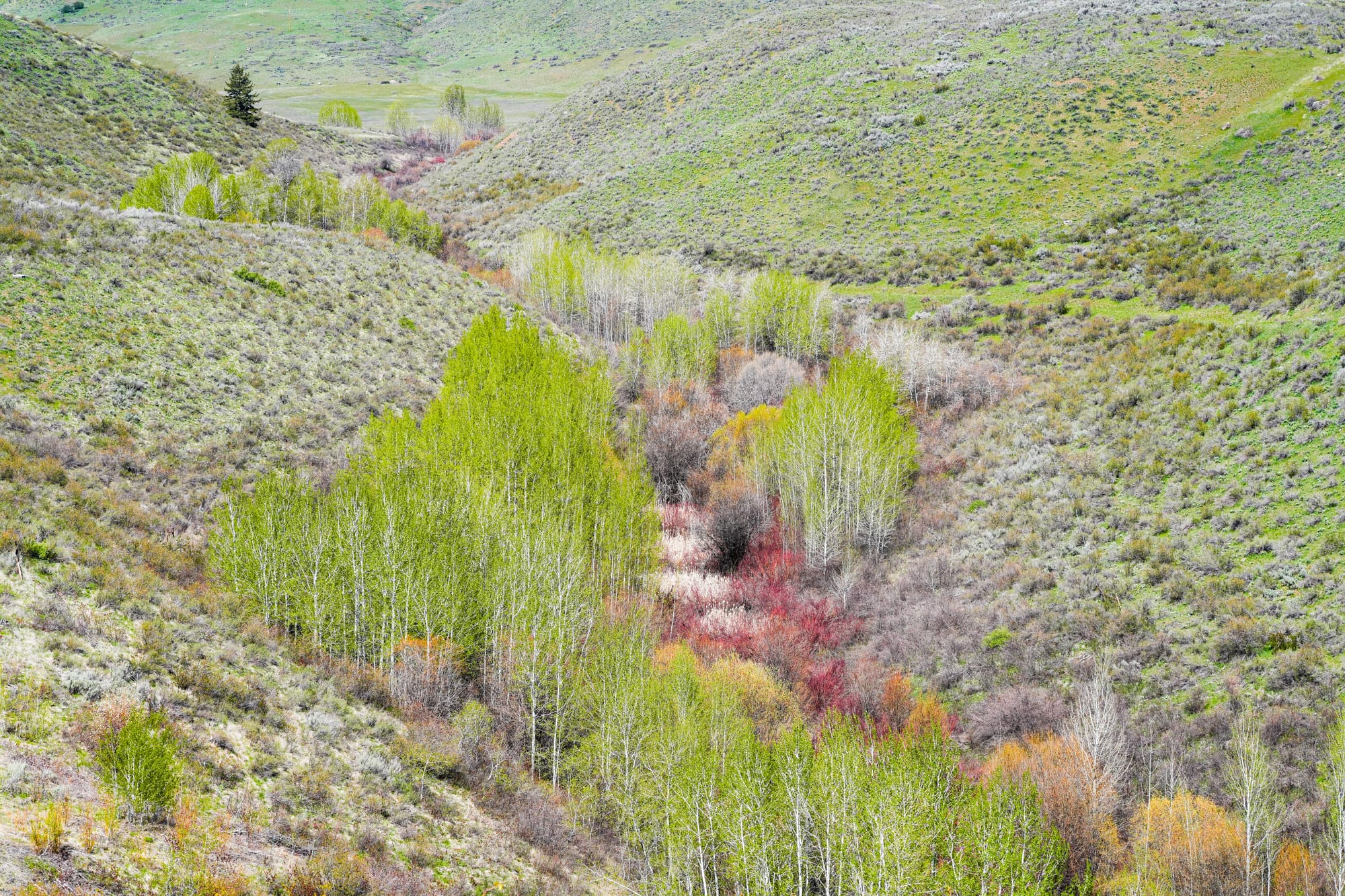
And have you noticed that our roadsides and distant hillsides are dotted with the airy, white tufts of flowering serviceberry shrubs?!
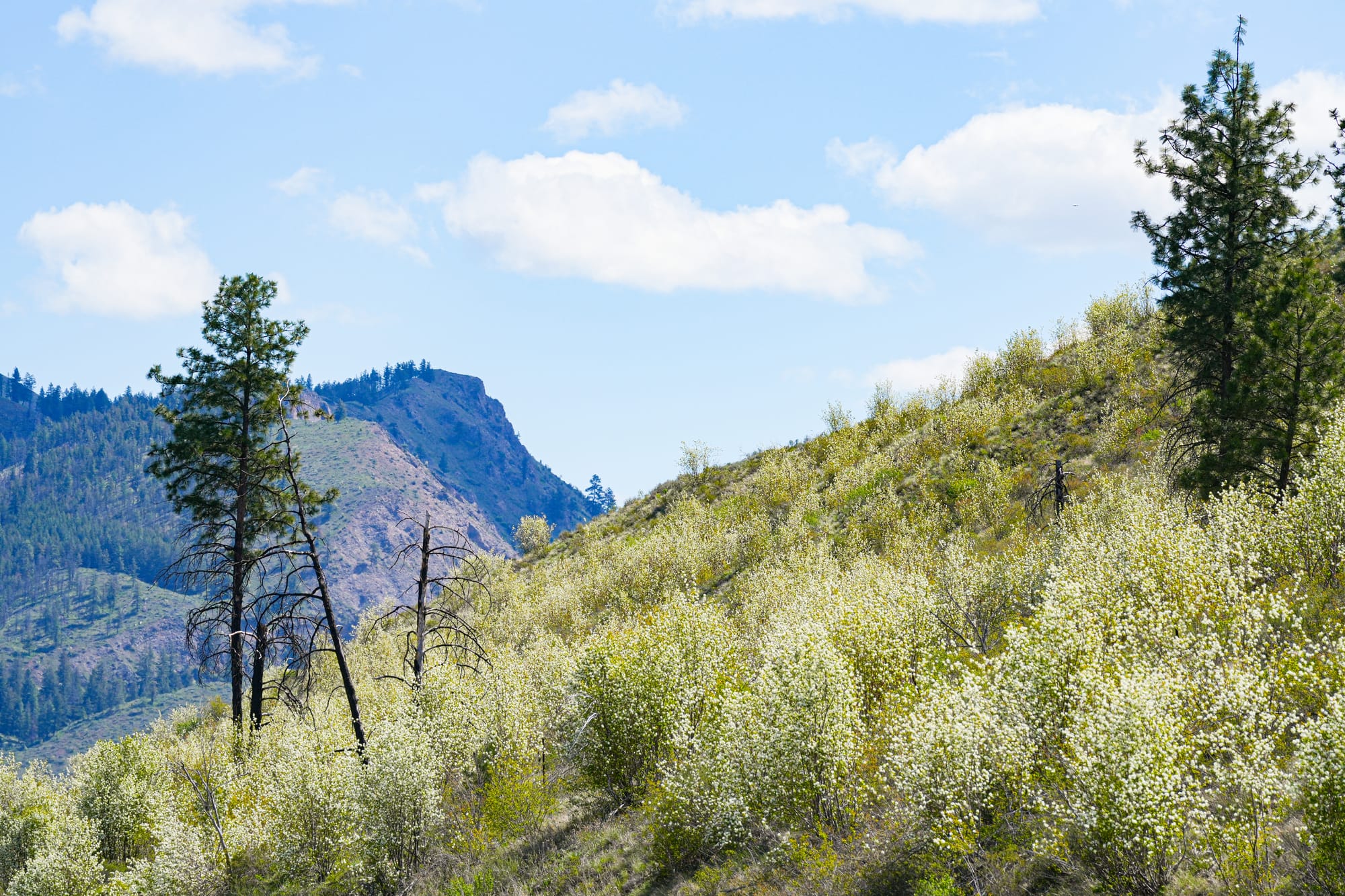
In some areas, these shrubs are even abundant, and this is fortunate because the flowers are loved by bees and pollinators, and later in the summer their berries are a staple food for many birds and mammals.
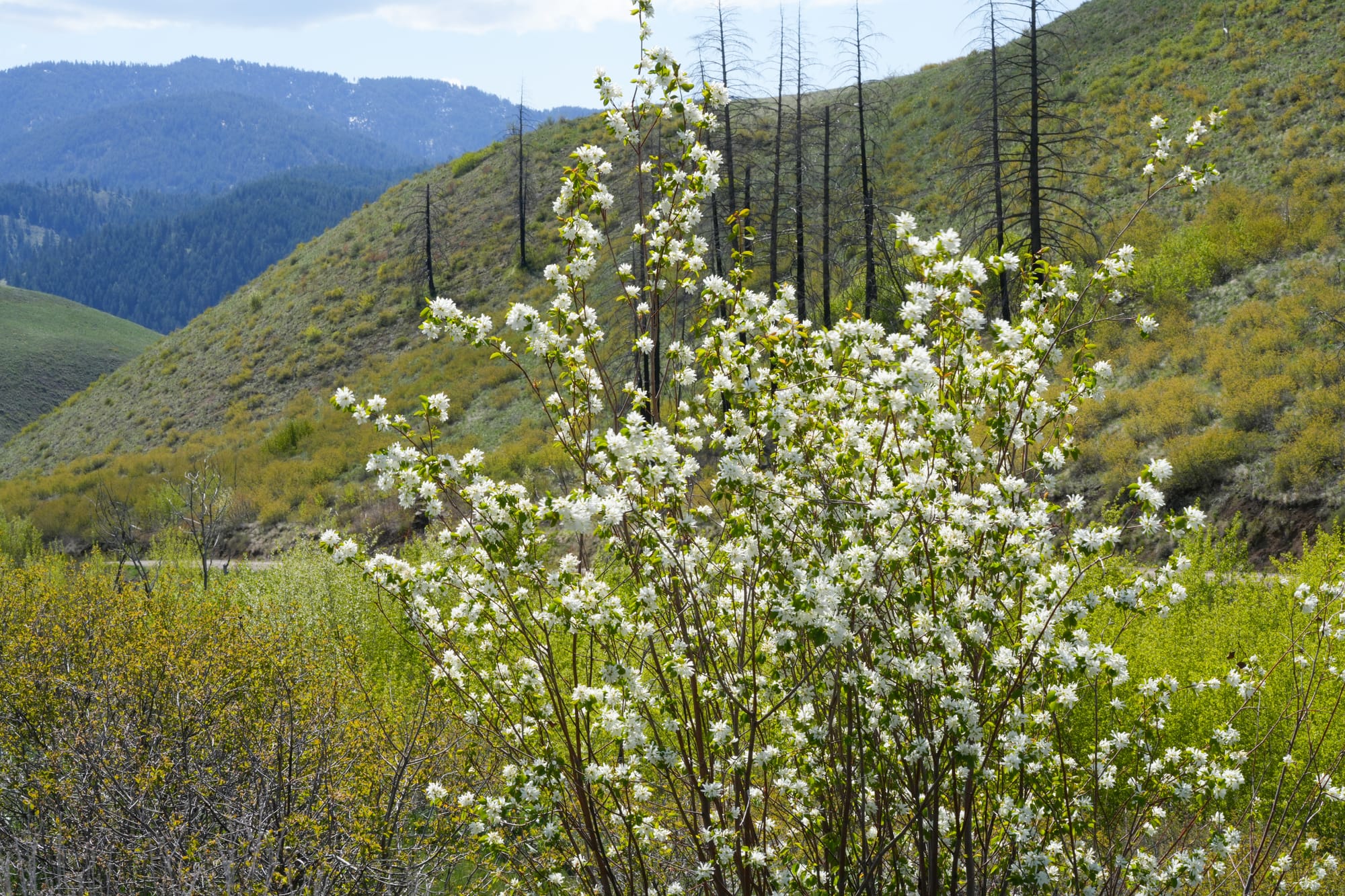
Learn more about serviceberry in this video I made for the Mary Kiesau Community Fellowship.
One animal that thrives on serviceberries later in the summer is the yellow-pine chipmunk, and it's a pleasure to see them out and about again after a long winter's absence. On a recent walk I saw quite a few of them in an area that had burned, and it seems like they favor this combination of open habitat with new vegetation and lots of dead trees providing cavities for shelter and nesting.
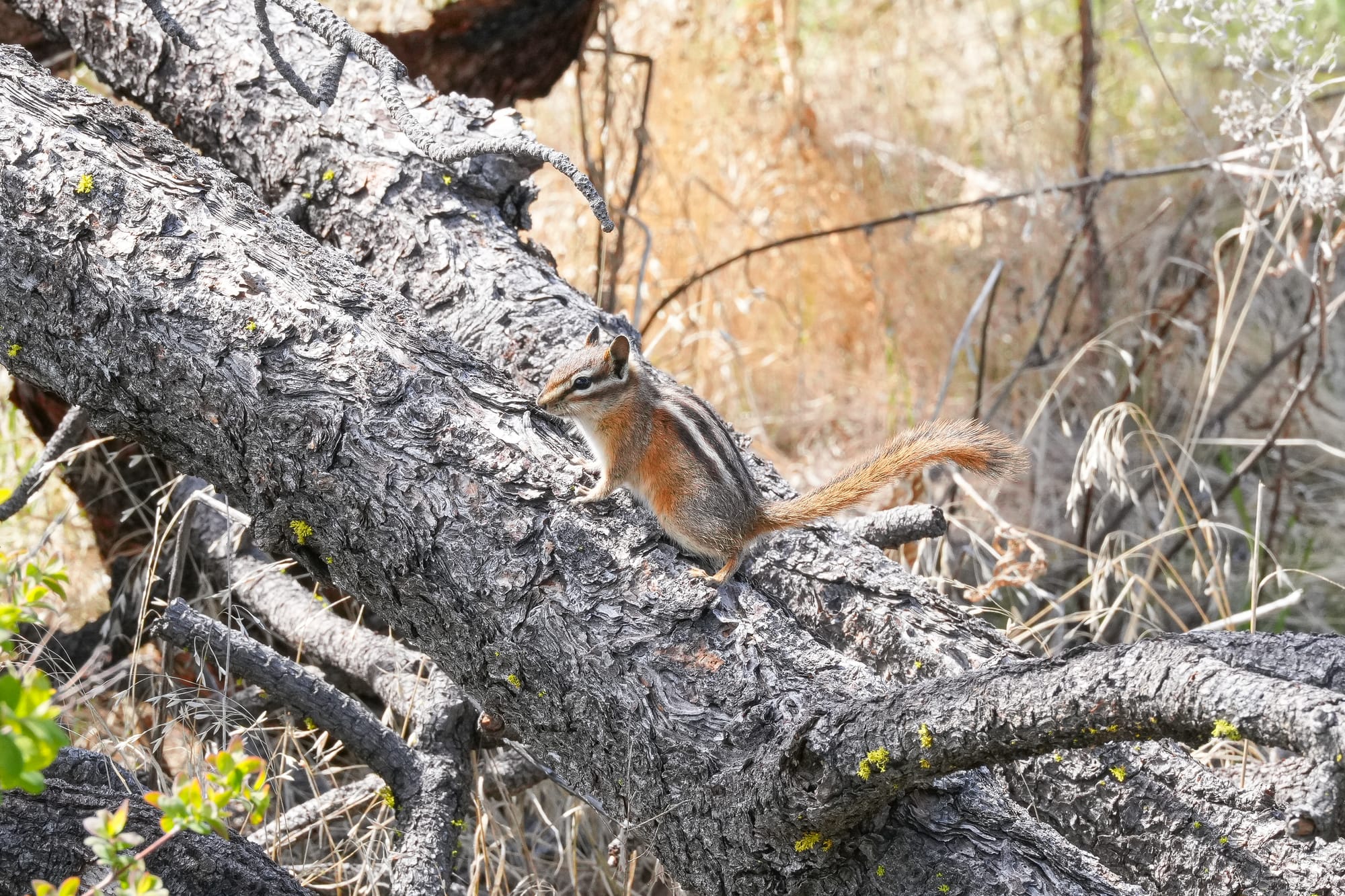
This is also a fantastic time of year for insects and a great place to look for them are on flowers. In the Methow Valley alone there are literally thousands of unique pollinator-flower relationships, and every time I look at a flower, I see something new.
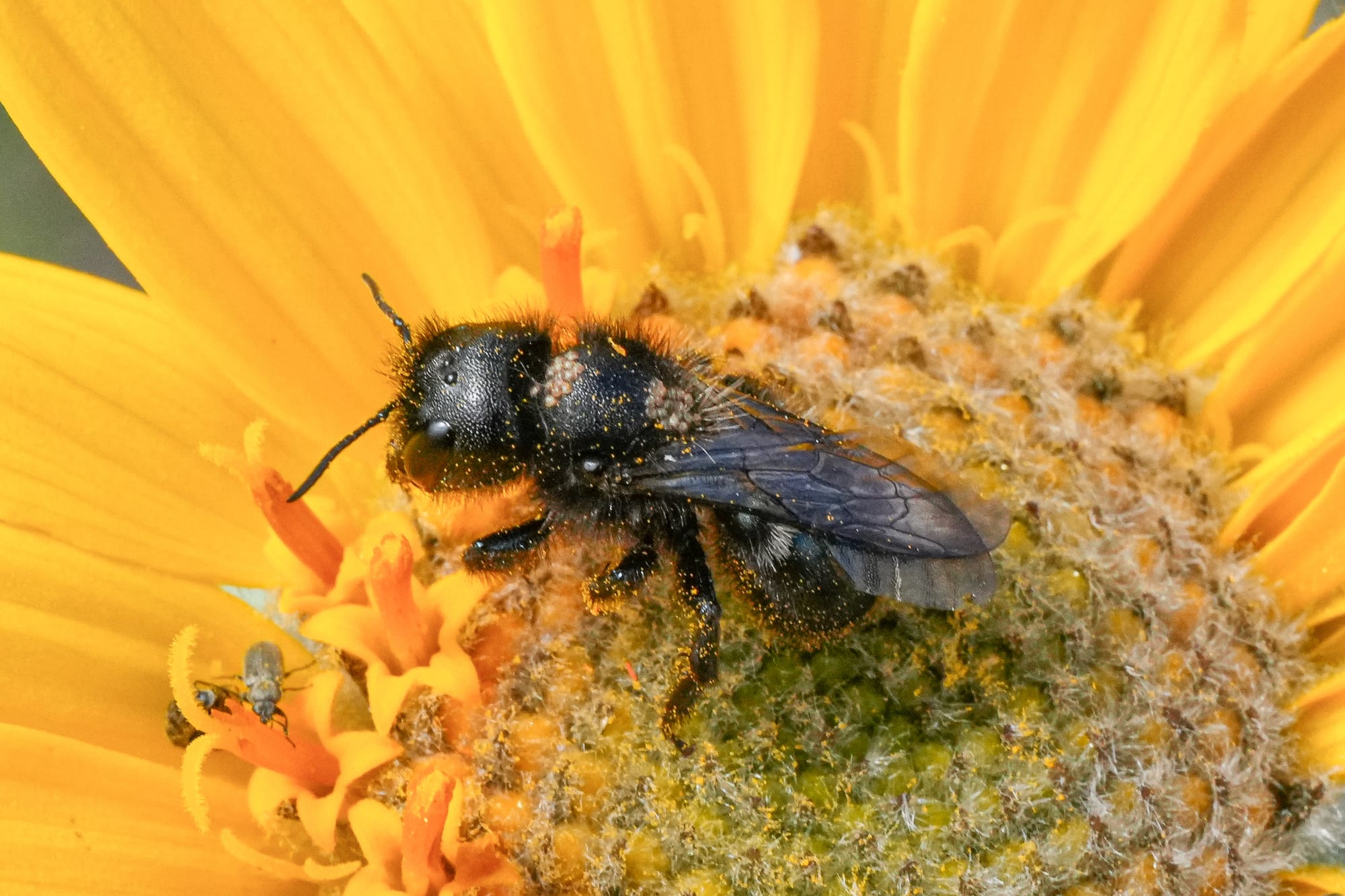
Not only do insects visit flowers to find nectar and pollen, but they also visit flowers to find each other and mate. Imagine discovering your life partner on a soft bed of petals surrounded by dazzling colors and intoxicating fragrances, it's so much better than a dating app!
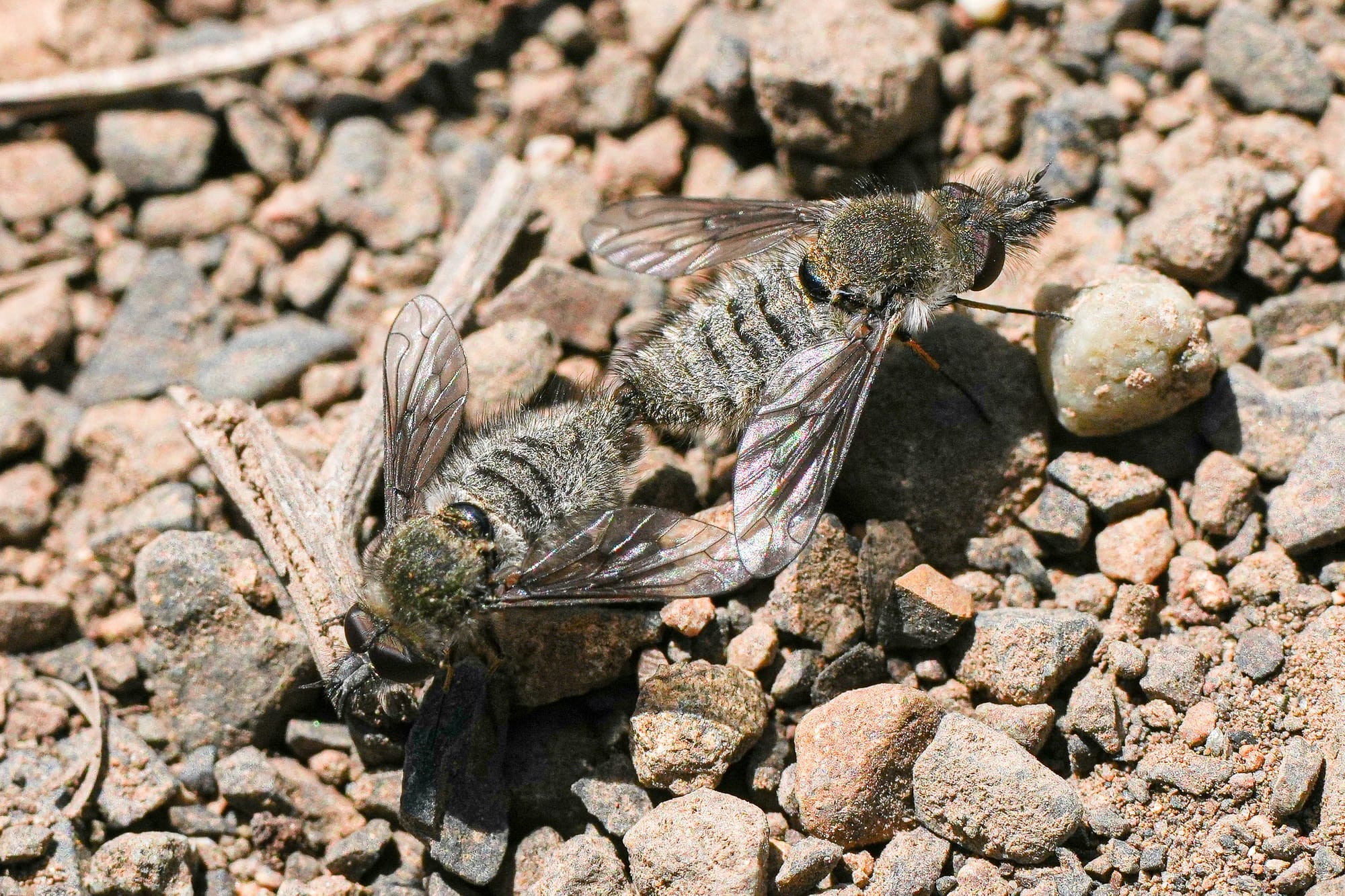
We're also in a second wave of butterflies, following close on the heels of early-emerging butterflies such as mourning cloaks and anglewings. Notable members of this second wave include our first blue butterflies (a large and confusing complex of very similar species) and Julia orangetip. Last week I posted a photo of a blue, and this week, by a stroke of good luck, I was able to grab a photo of an orangetip as it landed for a moment.
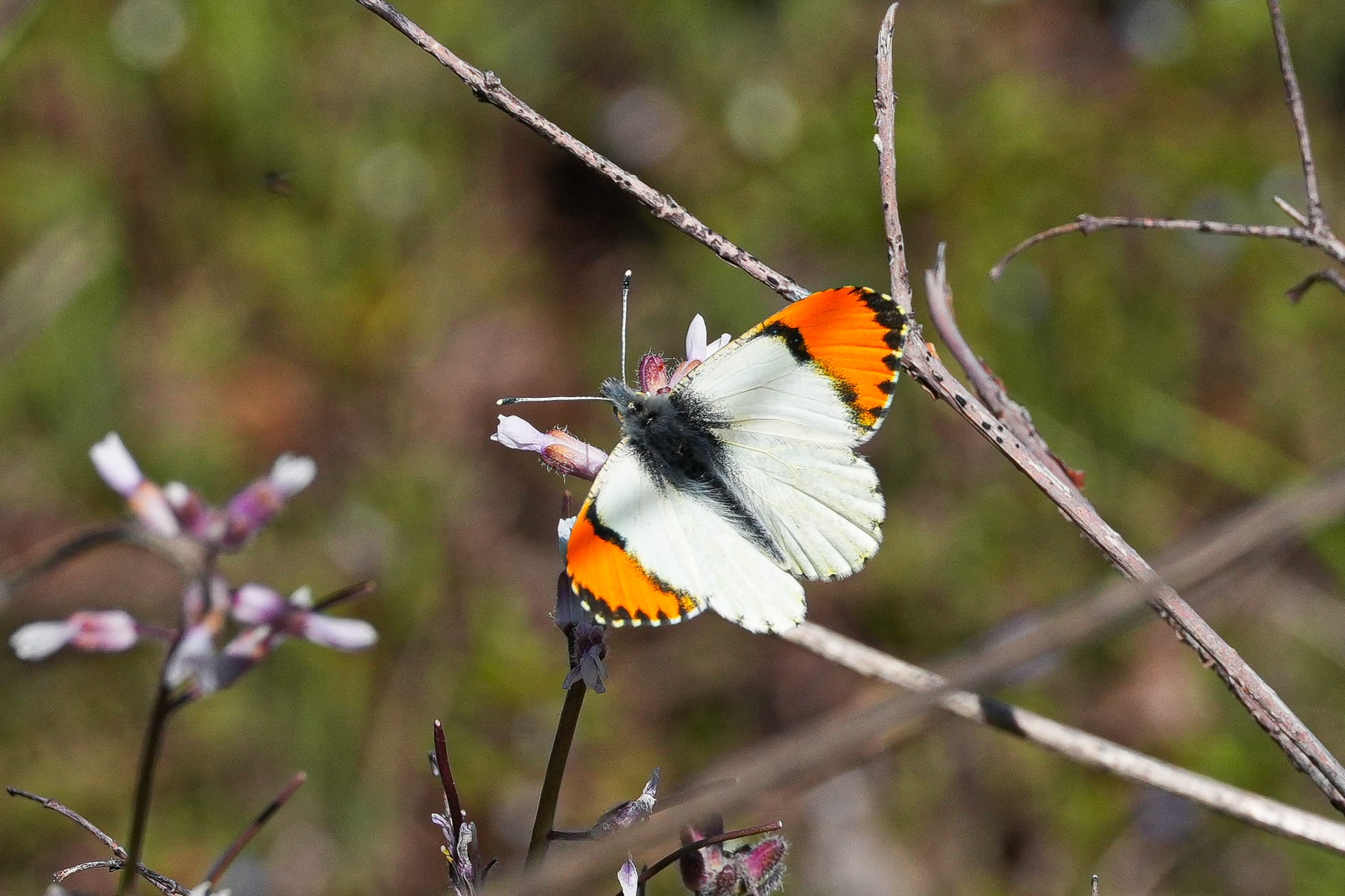
Finally, there's a lot going on with birds right now. The many birds that migrate from far southern areas to breed in the valley will begin arriving any day now, but we've already begun seeing an influx of migrating ducks, yellow-rumped warblers, and white-crowned sparrows that briefly stop in the valley on their way north. The next birds to look for will be the orange-crowned warblers that have already started to arrive on the west side of the Cascades.
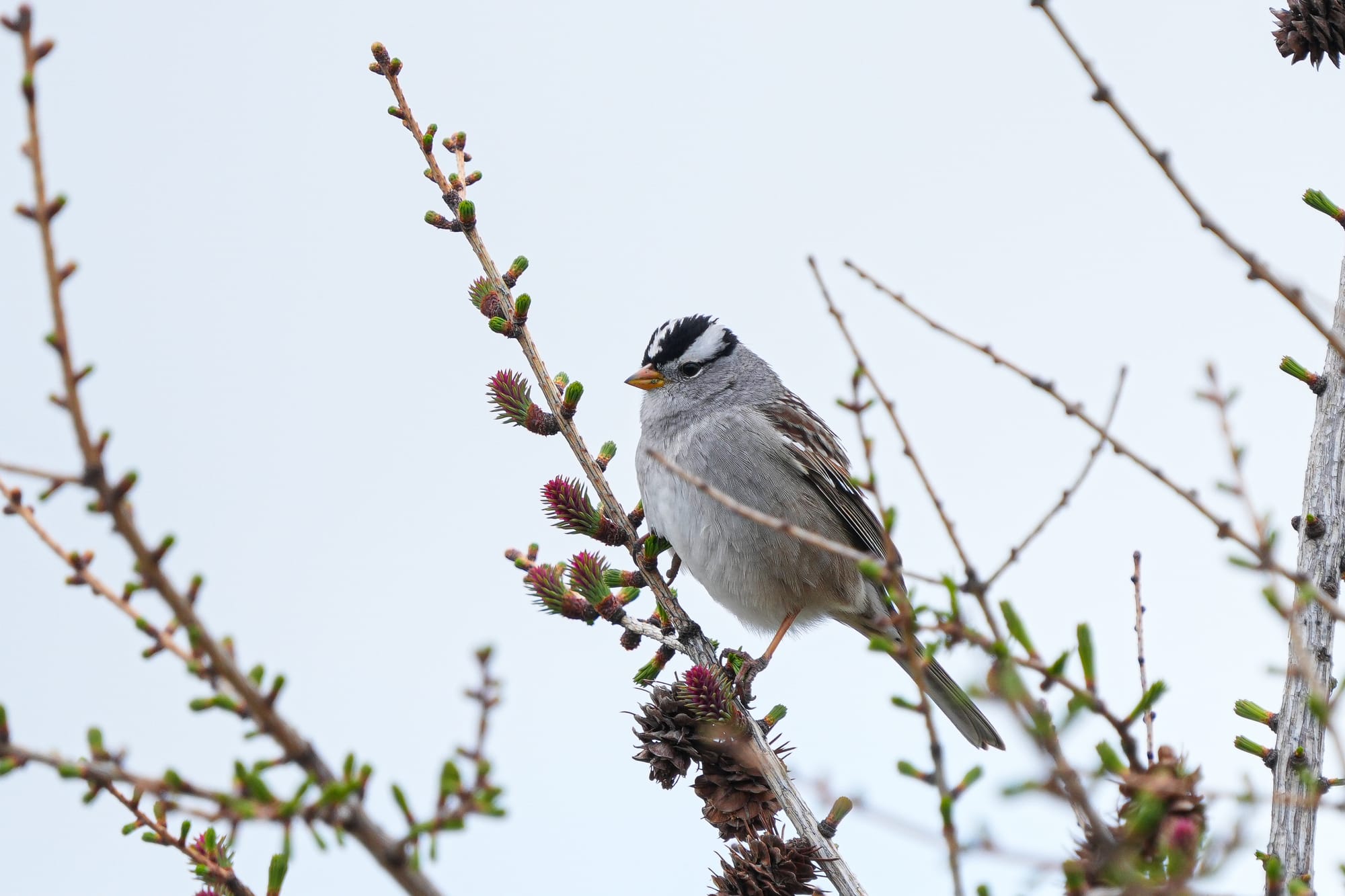
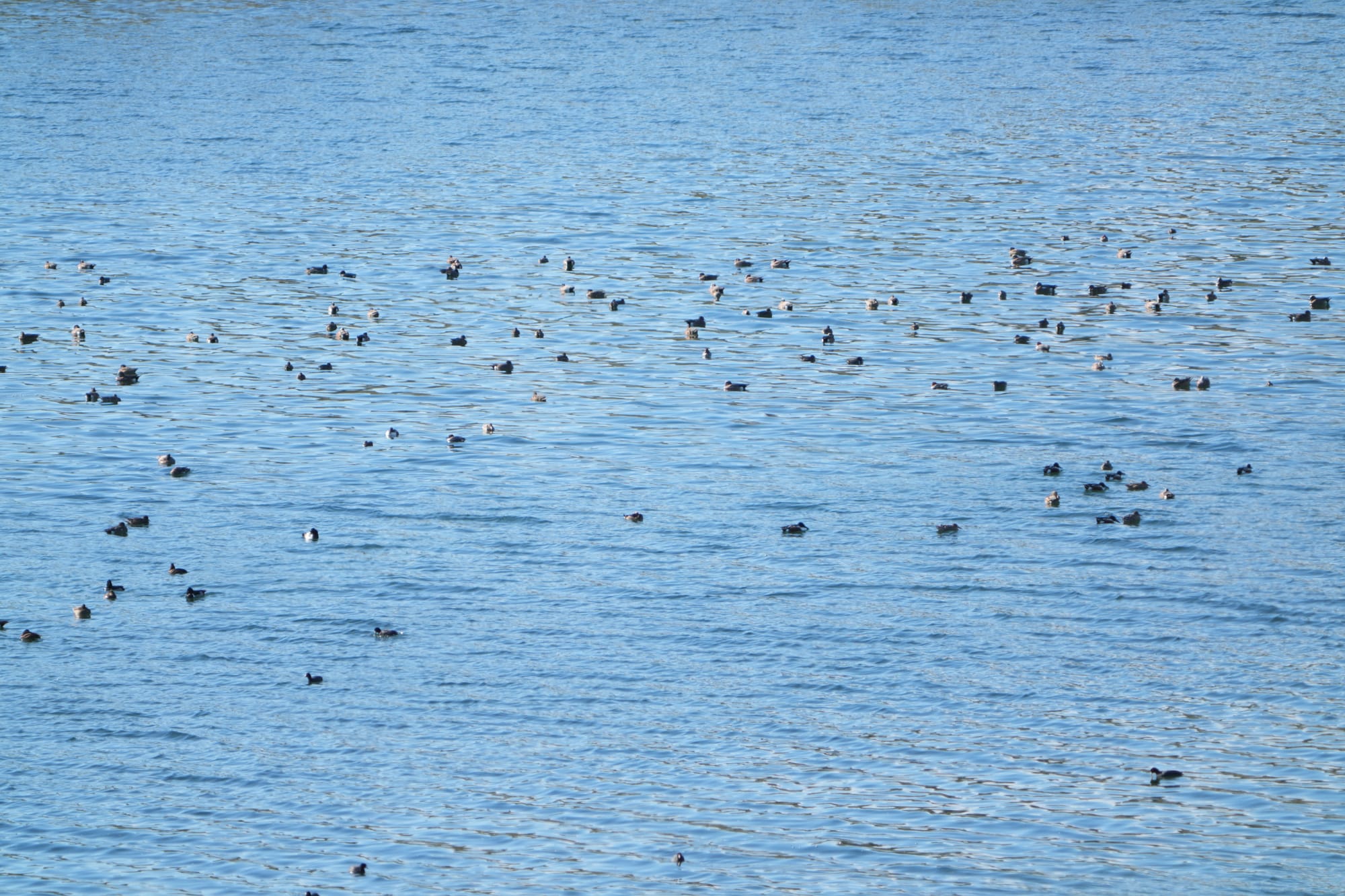

Observation of the Week: Naked Broomrape
This week's observation is a case of a strange plant, with a strange name—and an even more mysterious life history.
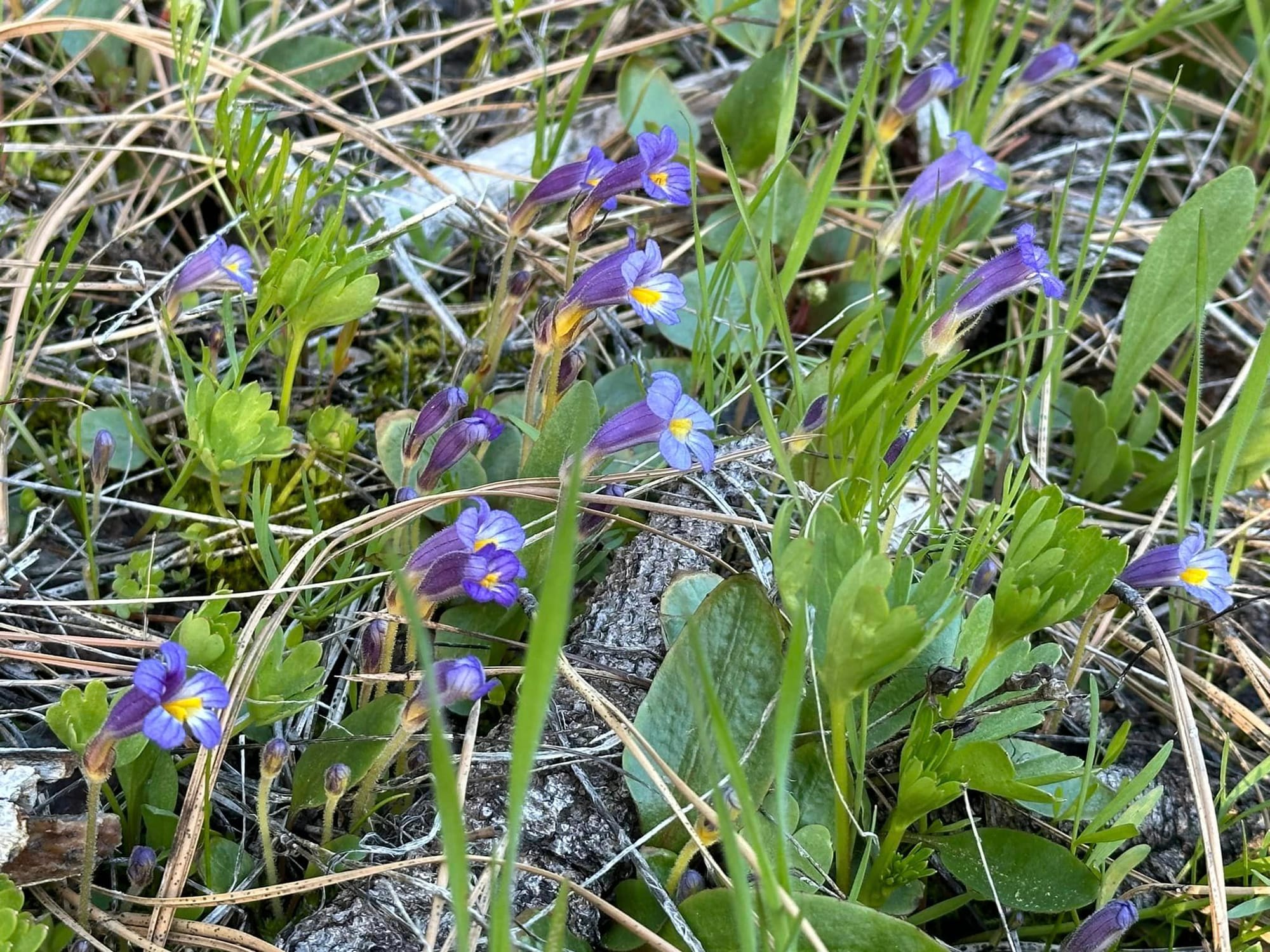
It has long been known that broomrapes are parasitic plants, with no green photosynthetic tissues of their own, who live by stealing nutrients from the roots of neighboring stonecrops, sunflowers, and goldenrods.
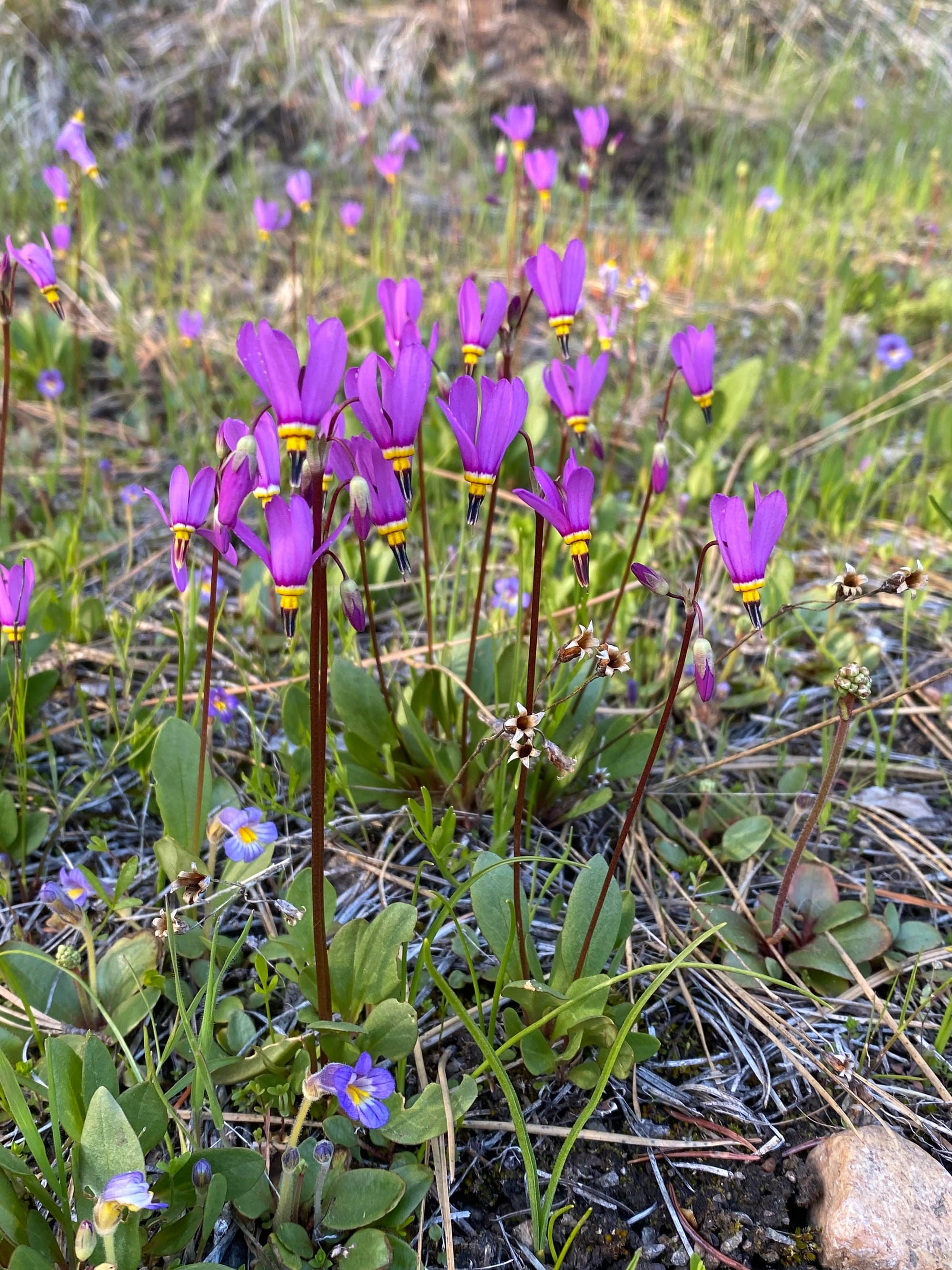
One European species steals from scotch broom, which gives it the common name "broomrape," and the scientific name Orobanche means "vetch strangler" because other species target vetches.
But our knowledge of this plant dims beyond this superficial understanding. For example, it's not known whether this plant is pollinated by insects or whether it pollinates itself. And it's not even known whether this plant is an annual or a perennial, or how long it might live.
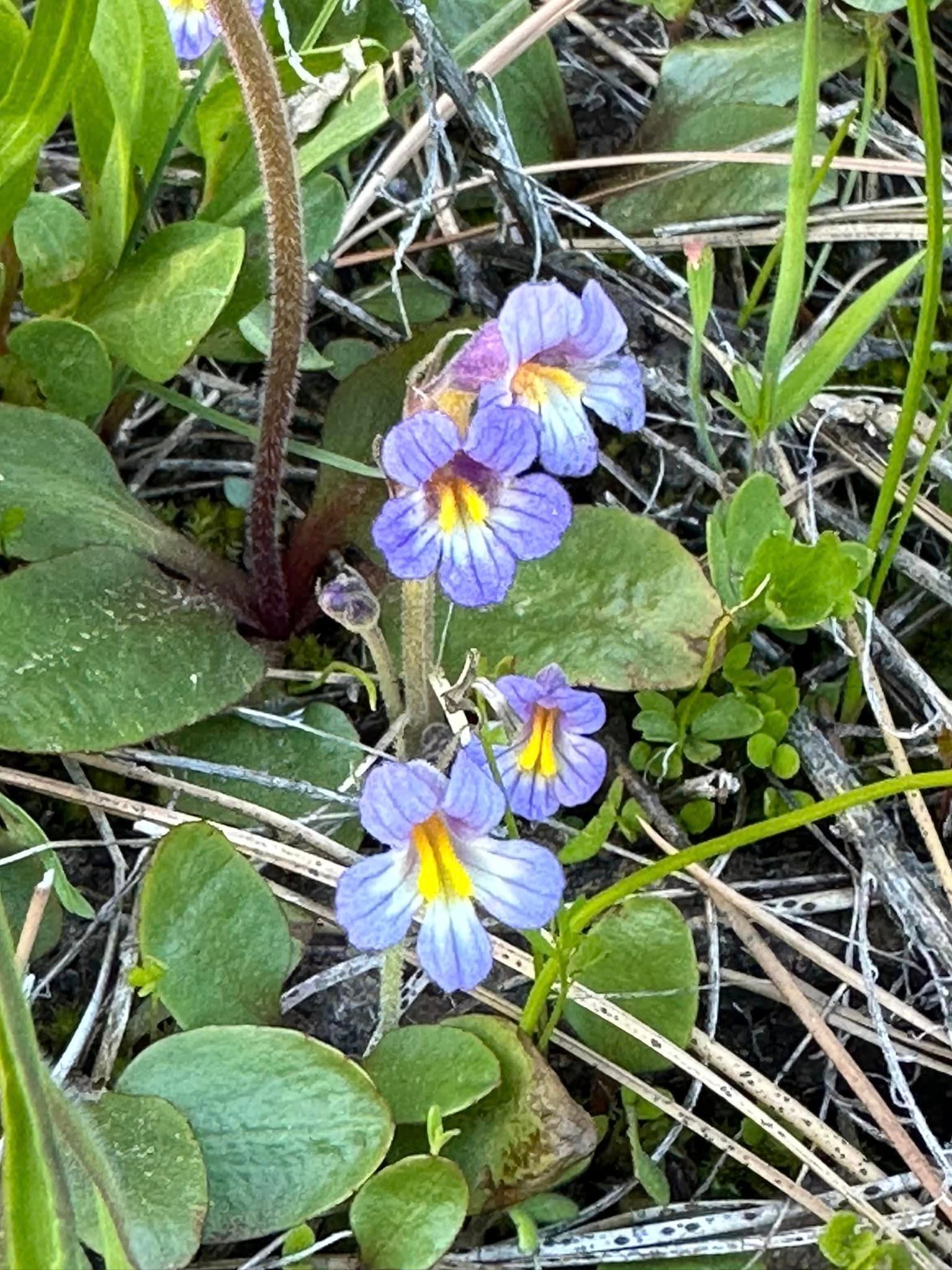
A recent study on the closely related pine broomrape (which is rare in the Methow Valley), discovered that each plant produces 70,000 seeds, but over a three-year project they observed only six visits by insects that might have been pollinating the flowers.
At the same time, a book on pollination ecology points out that broomrapes have pairs of hair-covered stamens that press together so the hairs prevent pollen from blowing away until an insect pushes its way into the flower—and so the mystery continues!
